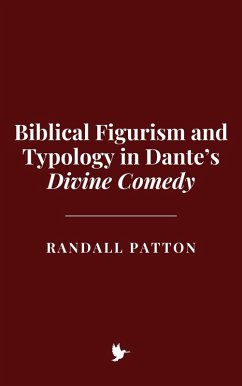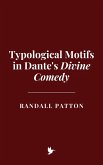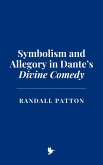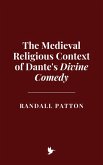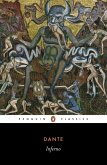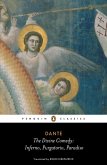The idea of journeying through the afterlife was not new in Dante's time. The concept of an afterlife with distinct realms was well-established in Christian theology, particularly in the writings of the Church Fathers. However, Dante's innovation lay in his ability to blend traditional Christian teachings with a vibrant use of allegory, classical references, and the detailed structure of a divine cosmos. The narrative of the Comedy is a pilgrimage, one that draws from the pilgrimage tradition of the Middle Ages, but it is also an allegory of the soul's quest for salvation. Throughout the poem, Dante employs Biblical figurism and typology-an interpretative approach that sees figures, events, and institutions in the Bible as prefiguring Christ and the unfolding of salvation history. This method, which dates back to the early Church Fathers, particularly to St. Augustine and St. Jerome, allows Dante to imbue his work with layers of theological meaning that transcend the immediate narrative. The Divine Comedy thus functions on multiple levels, as a literal story of a journey, as an allegorical exploration of the soul's redemption, and as a theological commentary on Christian doctrine.
Dieser Download kann aus rechtlichen Gründen nur mit Rechnungsadresse in A, B, CY, CZ, D, DK, EW, E, FIN, F, GR, H, IRL, I, LT, L, LR, M, NL, PL, P, R, S, SLO, SK ausgeliefert werden.

